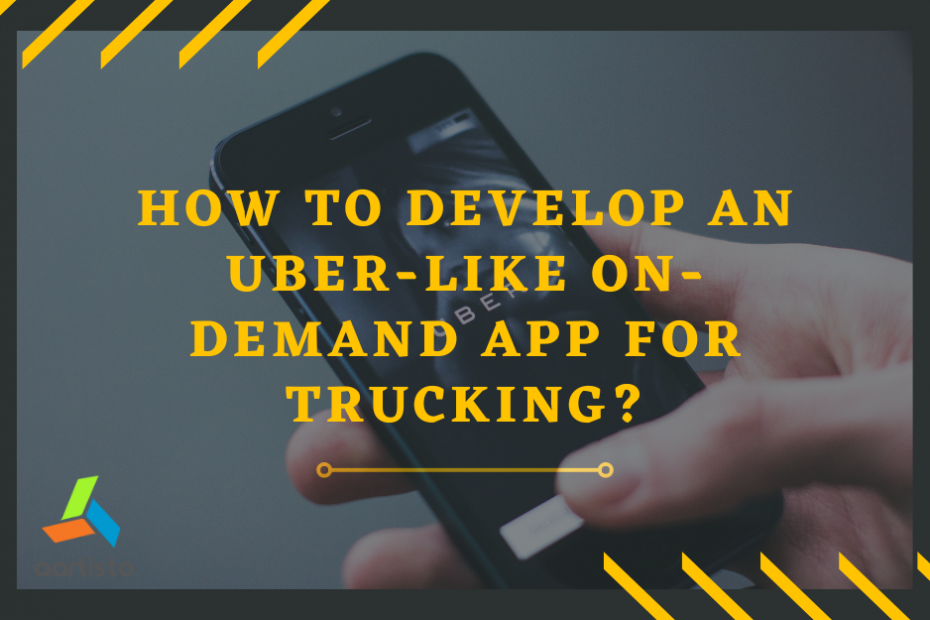Why the trucking industry needs mobile apps?
Some industries still suffer from bureaucracy today, even though everything is digital. One of them is the logistics and transportation sector. Uber frequently underlined how clogged up the logistics industry was when Uber Freight was introduced in 2017: It takes a lot of time, effort, and phone calls/emails/faxes to set up a single shipment and send it on its way.
The shipping process can be considerably aided by mobile management systems by eliminating certain redundant paperwork. Apps can also improve the quality of the services that logistics firms provide.
How does Uber Freight solve issues in the transportation and logistics sector?
Today, everyone is familiar with Uber. It is a service that links drivers and passengers seeking rides. Uber was groundbreaking and a leader in its field globally thanks to its simplicity. And it is Uber Freight that has revolutionized the logistics industry with this simplicity.
What was once a carrier-intermediary-shipper chain has lost the middle link thanks to the Uber Freight app? The two parties can communicate directly. This strategy lowers costs for both shippers and carriers by reducing errors and communication problems. Uber for logistics also significantly reduces the time needed for parties who need delivery services and those who can provide them to reach an agreement. It only takes a few touches on a smartphone screen to complete.
How to create a mobile app like Uber for trucking
Although not the only app of its sort, the Uber Freight app is undoubtedly one of the most well-known and widely publicized logistics apps available. Before it, there were logistics applications, and after its release, additional apps have been developed. They can include yours. Your app has the potential to be as successful as Uber Freight if you work with a qualified team that is meticulous.
Step 1. Decide what kind of logistics app you want to develop
There are two primary cases:
- You want an app to grow your business and streamline operations if you own your own logistics company with a fleet of trucks.
- You merely want to provide a market area where shippers can place orders with carriers.
Like Uber Taxi, Uber Freight is only a marketplace. Uber doesn’t provide carrier services; instead, they give drivers the chance to easily and rapidly locate consumers nearby.
Step 2. Find a development company for your logistics and transportation mobile app
While it is conceivable to assemble an internal development team to create an Uber for delivery trucks for you, doing so is rarely a wise choice for a variety of reasons. The majority of firms find that outsourcing their app development is far more practical. Numerous freelance developers and firms that specialize in developing logistics apps are available worldwide and provide top-notch services in this area.
Step 3. Validate your idea
They can assist you in validating your app idea after you have located bespoke logistics app developers who meet your needs. The validation phase of the app development process is crucial because it involves a thorough market analysis that reveals potential changes you can make to your concept and the market niche in which your app will operate. Without idea validation, there is a greater chance that your logistics software will fail, wasting your time, effort, and money.
Step 4. Decide on features for an MVP/MLP
Your transportation logistics app can be broken down into a minimal viable product (MVP) and a minimum lovable product (MLP). To test the app, receive user feedback, identify its strengths and weaknesses, and gain your first users, you can create an MVP or MLP. An MLP delivers a special feature in addition to the essential minimum features, which helps your software stand out from the competition. This is the fundamental distinction between an MVP and MLP.
Improvise your Homemade beverages marketing funnel by implementing these unique Tea Blends Today
Why Should You Opt for BTL Activities in Your Next Campaign?
